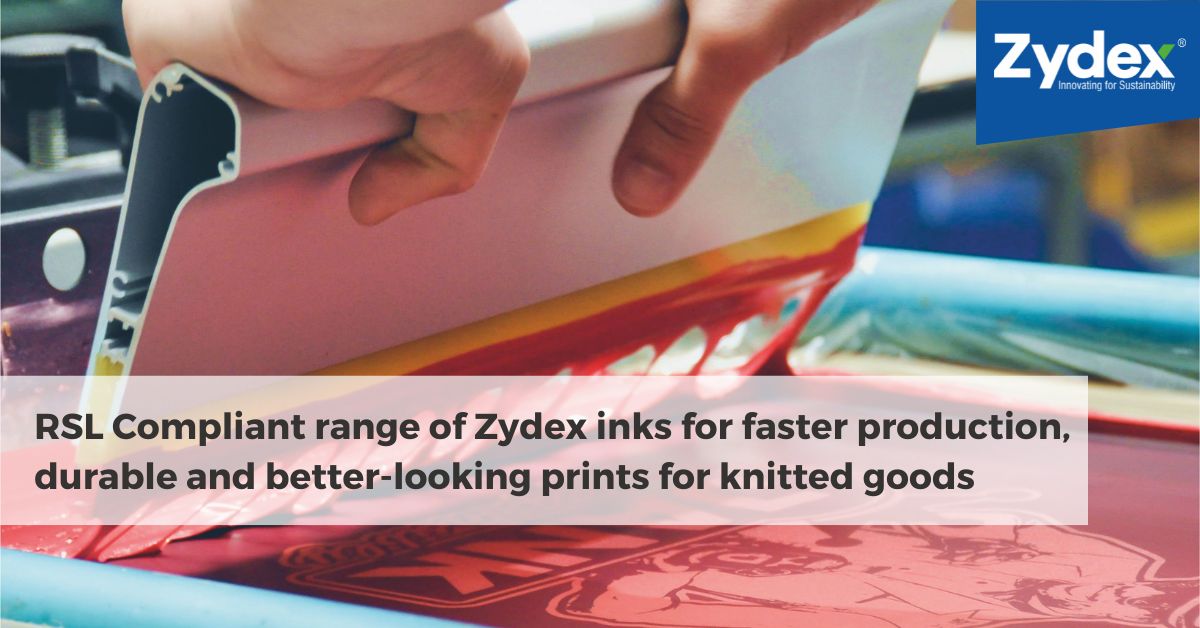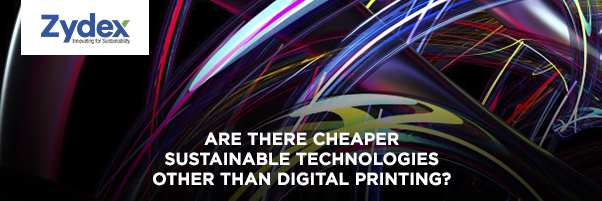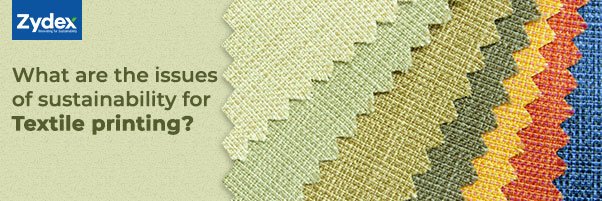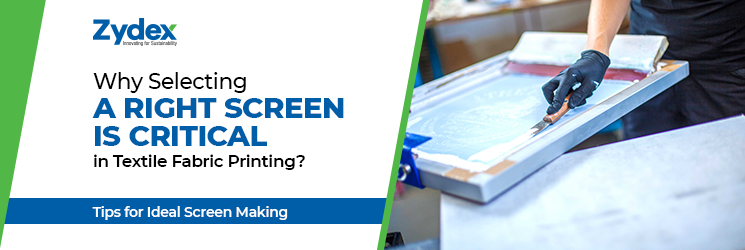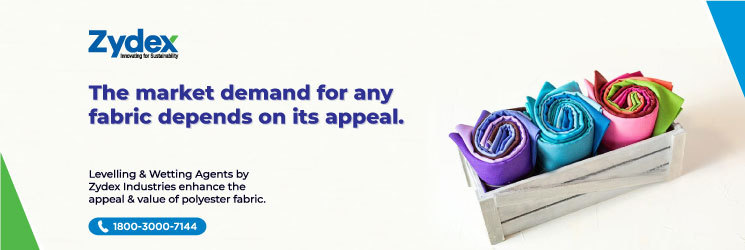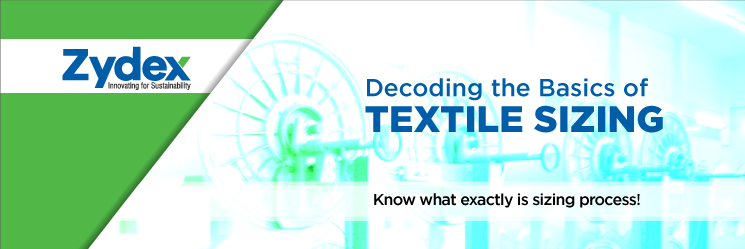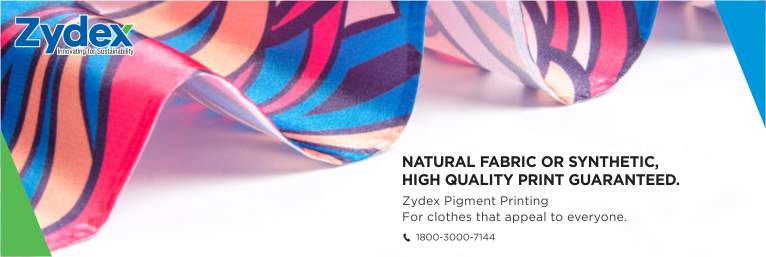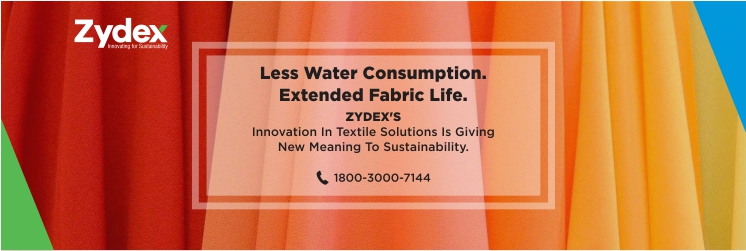Chemical usage
The textile industry utilizes high amount of synthetic chemicals from fibre pre-treatment to fabric finishing making it the highest contributing sector in chemical pollution. The textile manufacturing typically uses around 2000 chemicals including dyes and other agents. Overall 25% of all types of chemical manufactured are used in textiles.
Water usage
In textile industry water is required in for every processing phase right from the fabric pre-treatment to finishing. Aside from these processes, there is an additional water utilization in cooling machines, boilers, steaming and cleaning. The average water usage of a medium sized textile manufacturing plant delivering around 8,000 kg fabric per day is roughly 1.6 million litres.
Energy consumption
A large amount of energy is required in a textile factory for machine operations, plant lightning and conditioning etc. It is evaluated that the annual fabric creation in 2008 was 60 billion kilograms which consumed 1.074 billion kWh of power and 6-9 trillion litres of water. It has been accounted that for manufacturing and consumer use, the total thermal and electric energy required are 18.8-23 MJ and 0.45-0.55 kWh per meter of fabric respectively.
Waste Production
The textile industry produces wastes in all three forms: gaseous, liquid and solids. Gaseous wastes come from volatilisation of spin finish agents in heat seating, exhaust gases from singeing, VOCs from desizing, dyeing and printing. Waste water includes metals, salt, surfactants, organic processing assistants, cationic materials, color, BOD, COD, sulphide, acidity/alkalinity, spent solvents from dyeing and suspended solids, urea, solvents, color, metals, heat, BOD, foam fomr printing. And solid waste includes packaging wastes, sized yarn, fiber waste, cleaning and processing waste etc from spinning, weaving, knitting and packaging.
Air Pollution
The secondary important pollutant in the textile industry after waste disposal is the emission of gases. The air emissions include dust and lint, oil fumes, acid vapor, solvent mists, odor and boiler exhausts. Emissions mainly come from boiler, high temperature ovens, preparation, carding, combing, fabric manufacturing, sizing compound, chlorine compound, disperse dyeing using carriers, sulphur dyeing aniline dyeing, resin finishing, heat setting of synthetic fabrics, storage tanks for commodity and chemicals and from treatment tanks and vessels.
Sustainability
The textile industry is concerned about the environmental and health impact arising from its manufacturing processes. For a healthier and more sustainable future, these challenges must be tackled using innovative, water-based chemistries that are not only environmentally friendly but durable and minimize the usage of scarce natural resources.


